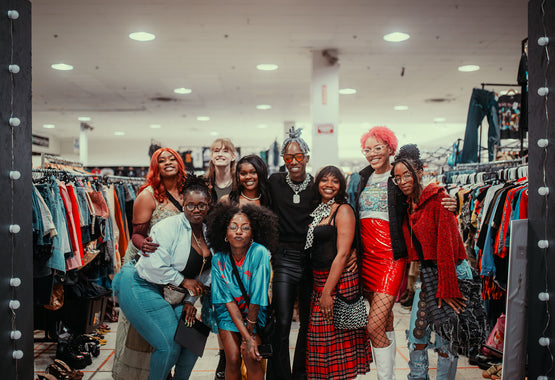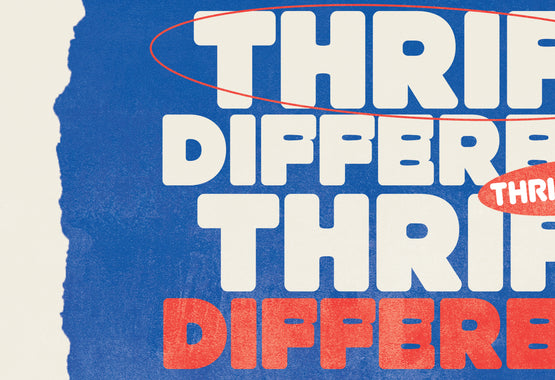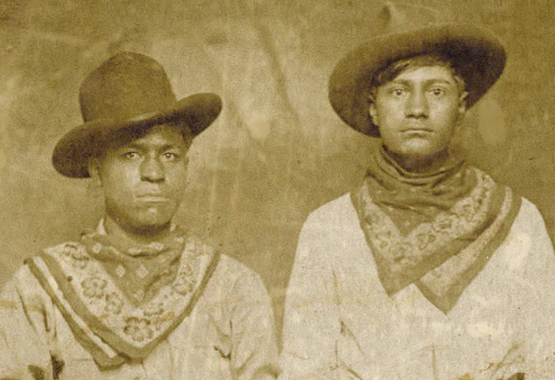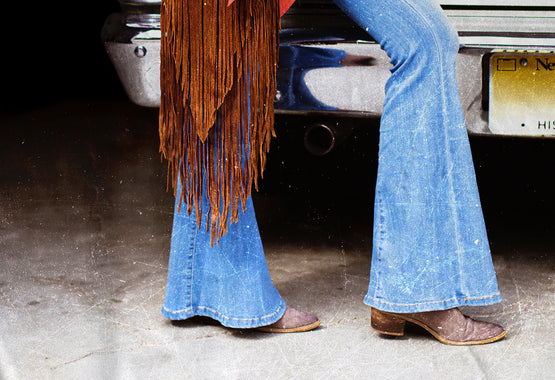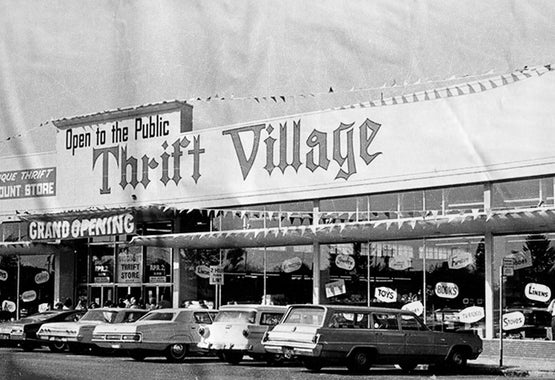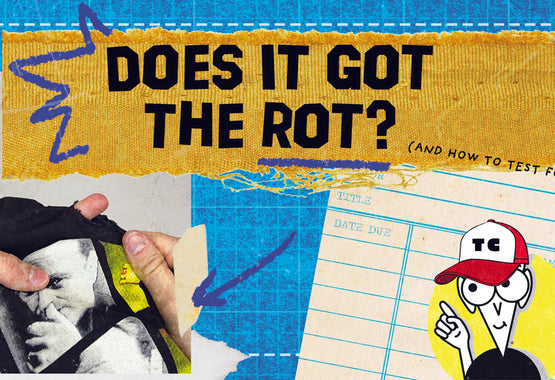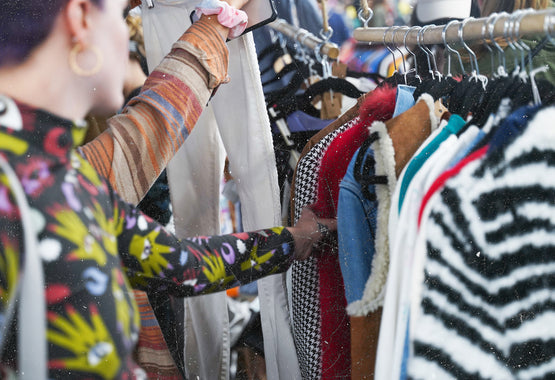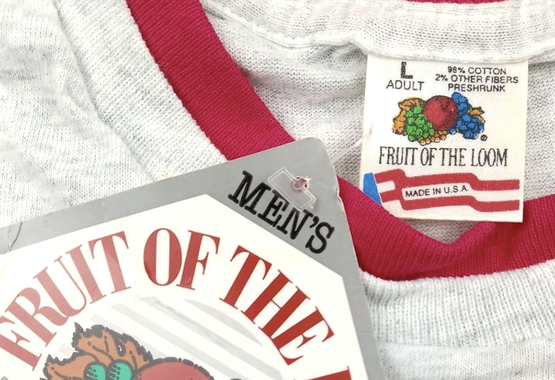Big Brands Get Bad Report Cards


As far as environmental impact is concerned, the fashion industry continues to take home bad report cards. Nasty ones. The ones with red ink smudged to the edge. This, even after promising consumers for the past several years that it’ll, like, totally change.
Yet as anyone would expect, it hasn’t. The latest comes from a recent sustainability report posted by the advocacy group Stand.Earth. Expanding from its 2019 analysis of the same kind, the site looked at 47 top fashion brands and their efforts to curb greenhouse gases in not only manufacturing but supply chains and shipping too. The results: 37 of the 47 companies in the report failed miserably with a D grade or lower.
And only one of them, Mammut, a Swiss mountaineering and trekking company, scored over a C average.

Looks like summer school for everyone y’all!
As it stands today, the fashion industry is estimated to be responsible for 5 to 8 percent of all global greenhouse gases. And if it wants to make good on the strict guidelines set forward by the Paris Accord, it’ll need to cut that by at least half in less than 8 short years.
Some of the most notoriously struggling brands on the list include Giorgio Armani, Hugo Boss, Prada, Under Armor, Lululemon and Uniqlo.

“In the wake of a global pandemic that reinforced growing public demand for strong action to curb the climate crisis and protect public health, fashion brands are at a critical crossroads,” the organization writes. “The fashion industry continues to rely heavily on coal to power the manufacturing of its products, contributing to rising climate emissions and deadly air pollution in countries, such as Vietnam and Bangladesh, where its supply chain is concentrated.”
Some of the better performing brands — like Nike, Levi’s, Adidas and Patagonia — fared better than the others in manufacturing commitments thanks to globalized efforts in deploying renewables in supply chains, piloting unique energy efficiency measures and use of both recycled and organic materials.

According to its site, Nike has even bigger plans moving forward. It wants to see a “70 percent absolute reduction in greenhouse gas emissions in owned or operated facilities” and is keeping a close eye on its shipping partners considering they too play a major role in this climate fixing assignment we’re all supposed to be participating in.
“Greenhouse gas emissions from key suppliers’ manufacturing and transportation operations will be at or below 2020 levels, despite anticipated business growth, through use of renewable energy, energy efficiency and alternative fuels,” Nike says.
To be fair, Stand.Earth’s Fashion Scorecard leans heavy on the use of fossil fuels. It is, after all, a self-proclaimed “global network of communities Standing Against Fossil Fuel Expansion (SAFE),” which spends its time trying to block new infrastructure projects before they happen all while proposing an all-electric grid as the only alternative. So while it does take into account other wasteful practices, any business not exclusively focused on removing fossil fuels would score poorly on the Scorecard anyway.
Levi’s (it’s worth mentioning) has recycled over 6 billion liters of water since introducing its Water<Less® campaign in 2011. That’s no small feat. On its Scorecard, the company received a middle-of-the-road C grade because it still relies on coal boilers at its wet processing sites. But it’s also “taken bold steps to advocate for access to renewable energy in supply chain countries,” Stand.Earth states.
Not a bad grade for such a massive organization making a decent attempt to reverse over 100 years of questionable practices. As they say: “Cs get degrees.”
The COVID-19 pandemic hasn’t helped any of this along, either. Executives are still driven by cost. And seeing as how global supply chains have been crushed since January of 2020, and still working to recover, it’s unlikely any of them will step up to the expensive reality of sustainability any time soon.
So what next? As with anything else, mega-corporations won’t change a lick unless something affects their bank accounts. This Fossil-Free Fashion Scorecard is but a small look into the environmentally damaging processes big fashion has stood on to profit off of for years. They won’t change unless you do. Your phone makes it easy, though. There’s an app for that.
Good On You has rated over 3,000 brands on a 1 - 5 scale, scoring for their impacts on people, the planet and animals. And if a brand you're sweet on isn’t listed yet on the platform, simply email the suggestion and Good On You will do the work for you. At this point, there aren’t many excuses out there not to pay closer attention.
Informed consumers can move mountains.
Class dismissed.
Sources and additional resources:
Stand.Earth Fossil Free Fashion Scorecard
11 Fashion Companies Leading The Way In Sustainability


